Birthday parties are fun and as photographers, we need to capture those joyful moments, without missing any, in order to tell the story. You may be capturing the event for your own family or friends, or, it can be a job that you took for a client, and here are some photography tips for perfect birthday photography.
The story begins with blowing up balloons, chopping fruit, to guests arriving and enjoying the whole party (not to mention the one particular person, unless it's twins, then there's two!).
There's always that special moment or two you'll want to get just right, whether that's photographing the cake, unwrapping the presents or guests all sharing special moments!
Having said this, they're not the easiest of events to photograph and here's why. Have you ever noticed that when you've gone to pull your camera out or your smartphone, there's a head in the way? Or, wait a minute, someone just opened the door, and the only balloon near you just floated in front of the lens.
Whatever the challenge, you've got to be ready, prepared and quick on your feet – sometimes even a zoom lens won't save you when the moment is over in under a second!
So let's get the party started with some essential photography tips for capturing birthday parties!
1. Shoot Lots Of Photos During Birthday Parties
Did I spell out the obvious? Shoot lots of photos is a tip, yes. People move a lot, and by people moving, the dynamics of the whole party can change – different groups of people mix and talk amongst themselves.
Not only this, people walk outside AND come back in (so sometimes, stand near windows – great for natural light and reflections). By shooting lots, you'll have a more significant opportunity of capturing the groups, interactions and fun you had envisaged right at the start of the party.
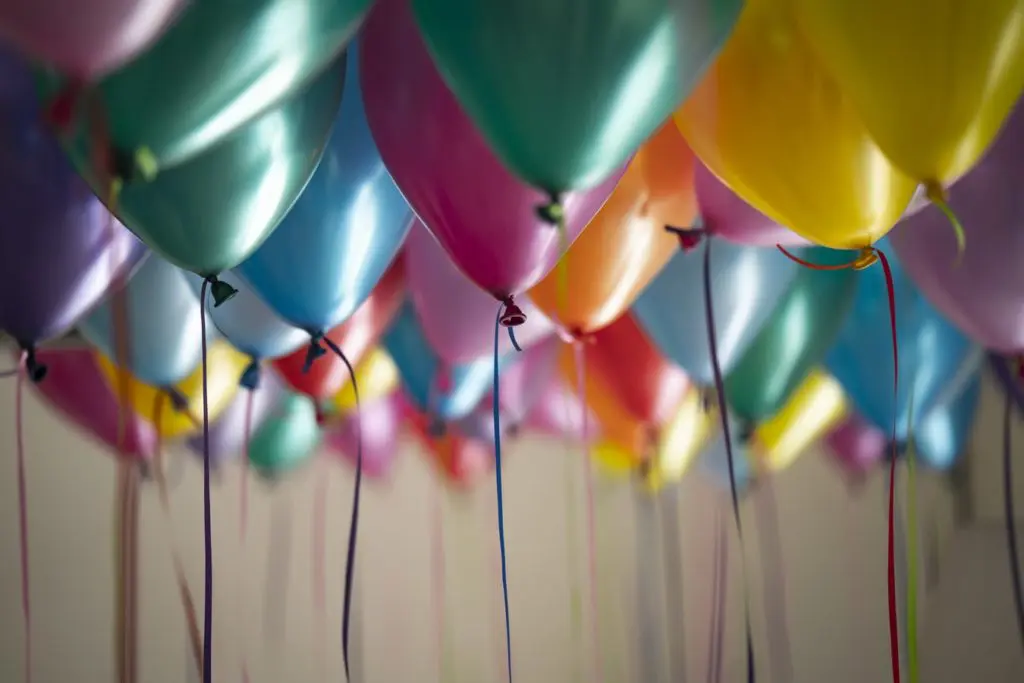
You should also bear in mind that anytime you're photographing kids or animals, the movements can be rather quick and unpredictable. Shooting many photos will help ensure that there are enough great images for each moment being captured. You won't have to worry that much about missing important moments due to blurry shots.
Because of this, feel free to stick to continuous shooting mode when photographing birthday parties and always take more photos than you think you need.
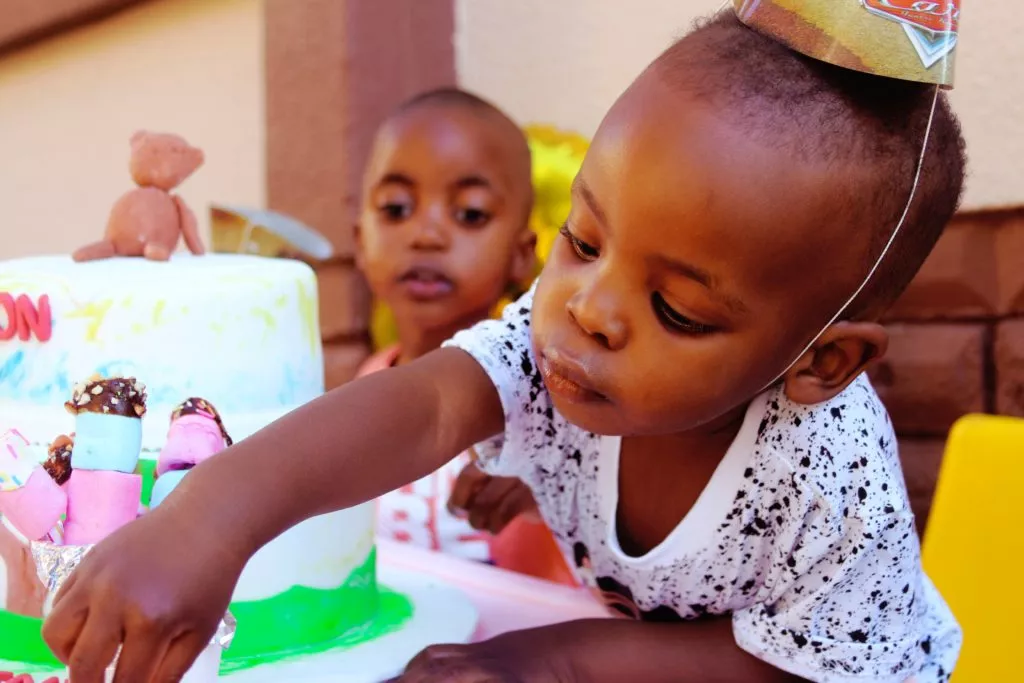
2. Shoot Higher Up Or Get Lower
A great birthday party photography tip is to get up high. How high? Get on a chair high? Whatever it takes, that's your best bet.
Especially if you're photographing a table with food or a pile of gifts, consider shooting from above for a different take. If you shoot a table from above, you won't have to worry about any distractions in the background and your composition will be stronger.
The same goes for photographing kids – instead of capturing images of kids from your eye level, consider getting lower to the floor, so you're at their eye level. This will look much more natural, and you'll be able to capture close-ups and unique expressions of kids.
Generally speaking, you shouldn't be afraid to try some different angles and a view that you perhaps wouldn't normally expect to see – that's the key here, making your shots stand out and allowing people to see the celebration from a different perspective! Don't forget that good birthday party images should look like regular portraiture, with carefully composed portraits instead of quick snapshots.
3. Blowing The Candles – Don't Miss It
Don't Miss The Significant Moments
You won't be able to make up for that! This doesn't refer only to blowing the candles – either before the birthday party or right when you arrive, chat with the host about the order of events and be prepared for the most important moments. In addition to blowing the candles, typical moments that you'll need photos of are moments like greeting the guests, hitting the piñata or openings gifts.
Blowing The Candles
When it comes to blowing the candles, it can be a little bit tricky to capture this moment. People often dim the lights because this illuminates the candles more as well as the birthday boy or girl's face. For a great angle, aim for taking a photo of the top of cake and face, keeping the eyes in crisp focus. You might have to exert a little authority at this point, for a prime spot. This shouldn't pose a problem – always feel free to give directions to your subject if you think the scene can be improved.
When shooting the candles, you need a slower shutter speed to gather the ambient light but fast enough not to lose the focus because of hand-holding. Of course, you could always use a diffused flash and a sync speed according to how much background light you want in the image. You should also check your ISO – a minimum of 400-600 should be used in this case.
Most important is to capture the excitement and anticipation on the person's face. Another tip – try to get others in too – especially if it's light in the room, i.e. during the middle of the day or late morning. Have them gathered around the cake, waiting in suspense for the candles to be blown out!
4. Always Include The Guests
Birthday photo sessions should always include various portraits of guests – family and friends. To avoid confusion, talk with the host and ask what kind of group photos are you supposed to take. You should also choose the proper time for group shots – it should be well after the guests arrive, but before blowing the candles.
Candid Or Posed Shots
It doesn't matter if these group shots are candid or posed – it's probably best to combine these two types. Always remember that photos of the guests will help you tell the story of the party. While all guests are important, the family will undoubtedly cherish the photos with elderly family members. As a rule of thumb, the family should get a bit more attention than friends.
Be spontaneous and try to get the birthday subject interacting with their guests. Also, show a little of what I like to call “backstage” shots – these are often candid but show moments when guests are helping out decorate the final touches, sharing a joke or being given a welcome hug by the birthday boy or girl.
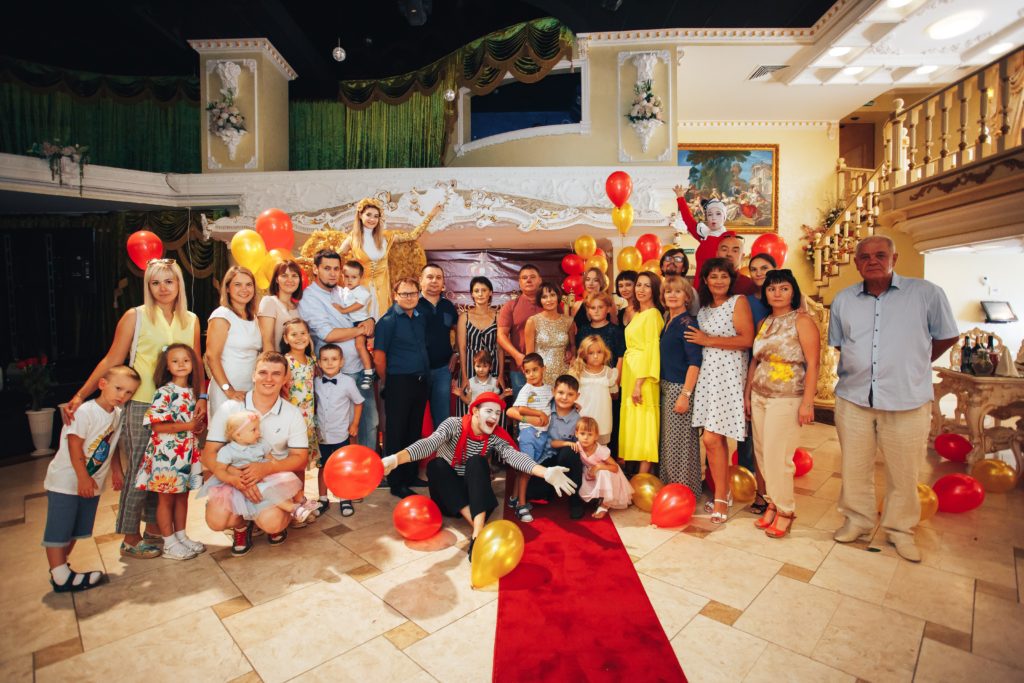
5. Get In Close
Getting up close is arguably the most crucial point (assuming you've got your gear all set up and ready to fire). Without photographing people's expressions and emotions, your photos won't be memorable, and they will be disappointing.
While getting groups of people in each shot can be fun since it shows various interactions, getting in close can make the viewer feel like they're right there at the party. Close-ups are intimate and honest – they usually make more powerful memories than medium or full shots. Kids make great expressions during moments like lighting the candles, opening presents or playing party games, so make sure to capture some adorable close-ups of these moments.
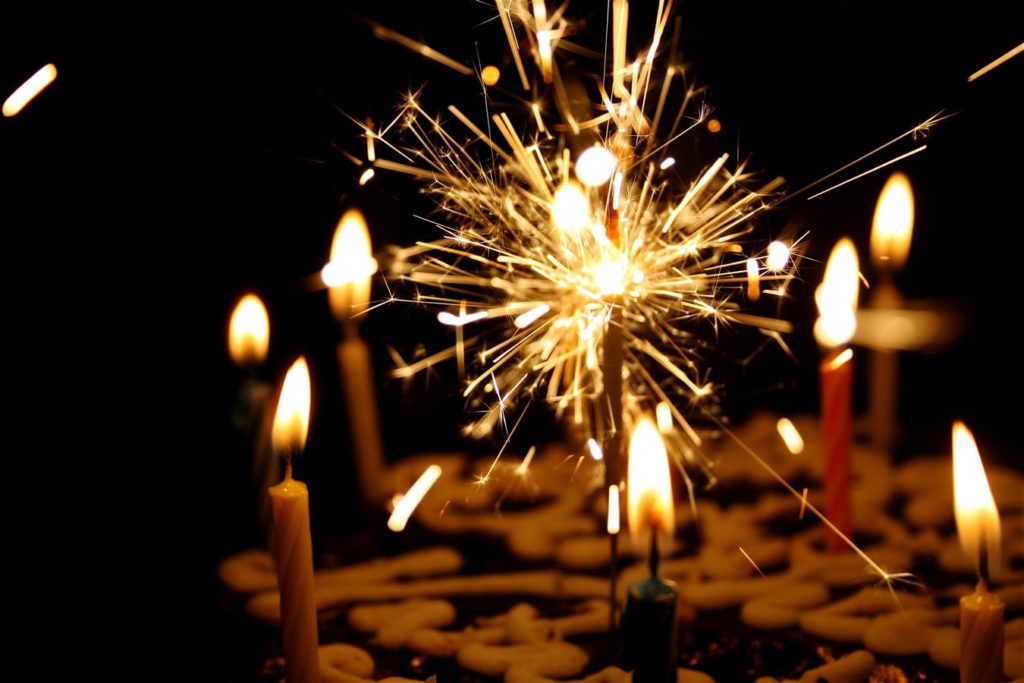
Unexpected Moments
However, don't photograph only those typical cheerful close-ups. People are often happy and smiley but grab those other moments too: nerves & shyness, huge great laughter moments, people's faces when they're all toasting drinks in sync, or the adults clinking wine glasses and beer bottles!
Sometimes, not all parties go to plan. Without intruding, try and capture a “panicked” expression: Where are the candles? The best friend's not showing up! The cake got a little squashed! Just some typical scenarios of real parties to try and prepare for too (remember I mentioned telling a story). Here you'll be using some of your portrait skills!
6. Candid Shots Are Priceless
Candid shots in various social events, including birthdays, are tricky to capture because bringing a camera into a scene changes peoples' behaviors and how they conduct themselves. Because of this, it's quite hard to achieve those genuinely candid moments. This is especially true in environments where people are aware that there's someone hired to take photos. The main trick is to let people get used to your presence and snap away some great shots when the time is right.
Birthday parties are a perfect occasion for candid photography because you'll be able to capture precious emotions and expressions your client will cherish for years to come. Make sure to do it right – you might need to be sneaky. Get into awkward spaces, use reflections (mirrors or windows) for intimate or otherwise “private” chats, use shapes to frame your subjects – door/window frames, shoot in between people, get low for a quick moment before people notice. Best of all, with candid photography at parties, aim for the element of surprise!
Shoot from outdoors looking in or the other way around. Yes, always get the great smiles, the excitement of people's cheesy grins, the front-on group shots, but don't forget you want a broad range of images and memories too.
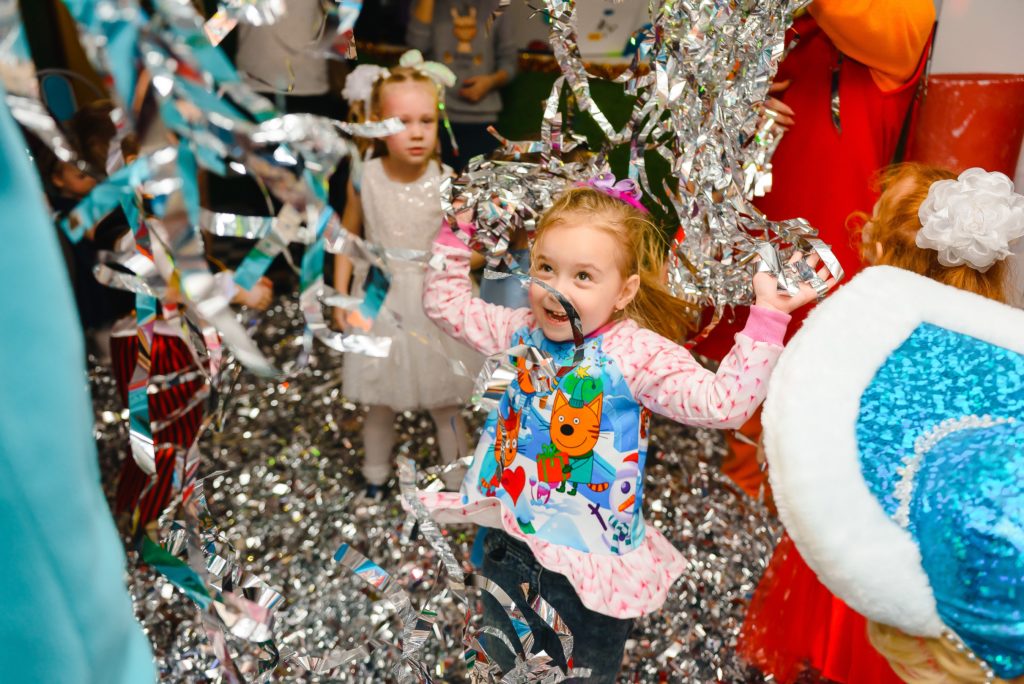
7. Lenses And Flash For Birthday Photographs
When it comes to gear for birthday photography, what matters the most is lenses and flash. A variety of lenses are useful for birthday photographs, and you shouldn't capture everything with the same lens.
Telephoto Lenses
For instance, telephoto lenses of 300mm are great because they will keep you in the background so that you can get those fantastic candid shots that everyone likes. A standard 50mm lens is also a good choice because it's very versatile, and its perspective is similar to the human eye. You can usually get gorgeous close-ups (with creamy bokeh!) with a 50mm lens, and you can shoot in low light too since this is a prime lens with a wide aperture (f/1.8 or f/1.4).
While many event photographers prefer to shoot in available light, flash can offer various creative possibilities and sometimes you need a flash to get the right shot. If you plan to shoot event photography often, invest in a reliable flash.
8. Camera Settings
You can expect any lighting at birthday parties, from very bright to dim – that's why it's hard to give generalized recommendations when it comes to camera settings. Start with f/5.6 to f/8 at ISO 400 and adjust it accordingly. You should have at least ISO 400-800 throughout the party if it's held indoors. Of course, this isn't set in stone because it could be a brightly lit home. Always adjust your ISO manually and change it whenever specific situations come up. Don't be afraid to crank up the ISO to 800 or 1200 if you need to.
Correct Shutter Speed
Talking about shutter speed, it can vary greatly, but for low light, you'll be looking for around 1/125th of a second or a little slower if you can get away with it. In case you're using an on-camera flash, 1/200 of a second is a good starting shutter speed. On many cameras, this is the shutter speed which correlates to the flash sync speed.
9. Don't Overuse Your Flash
While you don't have to use your flash all the time, sometimes you won't be able to avoid it, especially if the birthday venue isn't brightly lit and you don't have any prime lenses. Flash may also come in handy to fill in shadows when your subjects are backlit.
When using a flash, be sure to diffuse it as much as possible to avoid harsh shadows and bright spots. It's not complicated to diffuse a flash – you can add a diffuser onto the flash itself or bounce it off the ceiling or wall behind you. You should also make sure to adjust the flash so that it only flashes as strongly as it needs to. In case you don't know how to use flash in manual mode, take some time to learn it the right way – it will do wonders for your event photography.
A flash can save your time and ensure you get the shots you want, but don't overuse it – combine it with available light only when necessary.
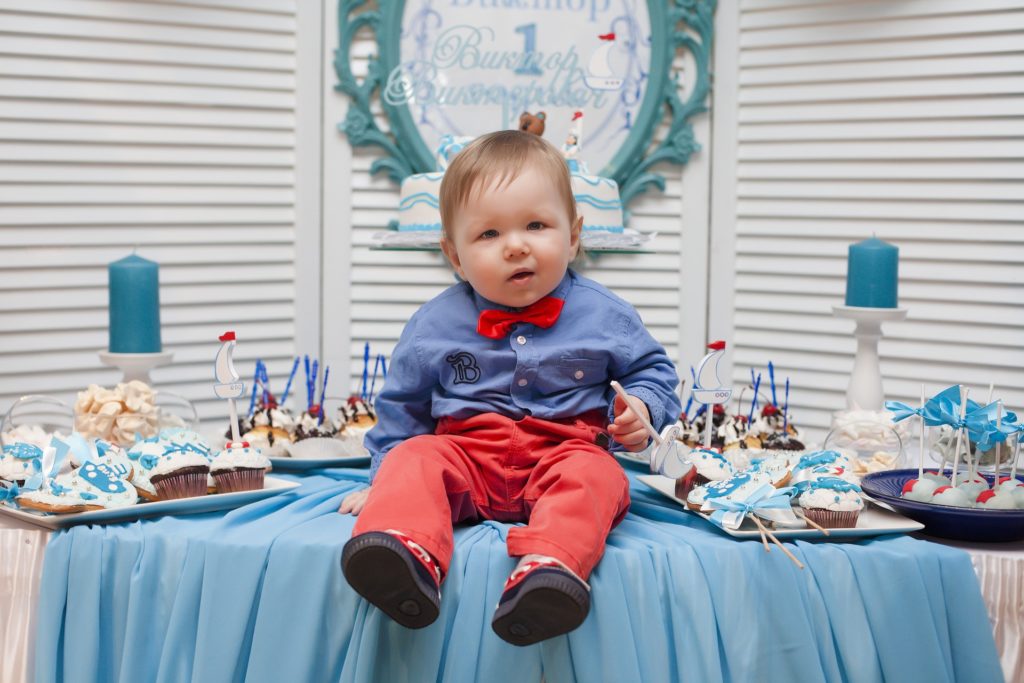
10. Don't Forget The Fine Details
Photographs of the details top off the whole story nicely – these are details like decorations, food, prep, presents, the table – just extras to bring the entire set together. Even pets can add an important extra dimension to your photos!
After Party Shots
In addition to details, you may want to capture a couple of overview shots after the party. The way things turned out after the party (half-eaten cookies everywhere, balloons all over the floor) can add some memories and laughter for your family or attendees, and it will help you round up your birthday session in a fun way.
11. Birthday Backdrop
In case you want to introduce even more variety to your birthday photo session, you can bring a simple prop such as a festive backdrop (it has to be lightweight and easy to mount) and photograph posed portraits of guests in front of this backdrop.
While this is not a mandatory thing to do, it can be a pleasant surprise and children might like it. Give it a try!
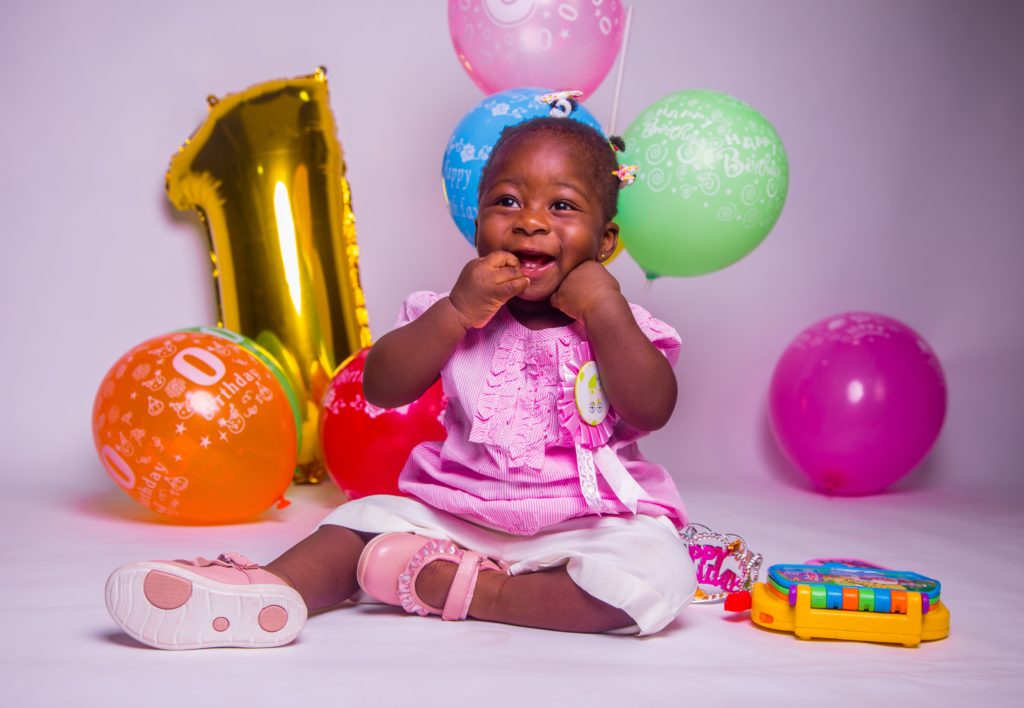
12. Put The Camera Down
The last photography tip for birthday parties is to spend some time without your eye glued to following your viewfinder. Enjoy what's going on and speak with people, socialize and mingle. Being in the moment will ensure you're enjoying the party too and making yourself and others more relaxed.
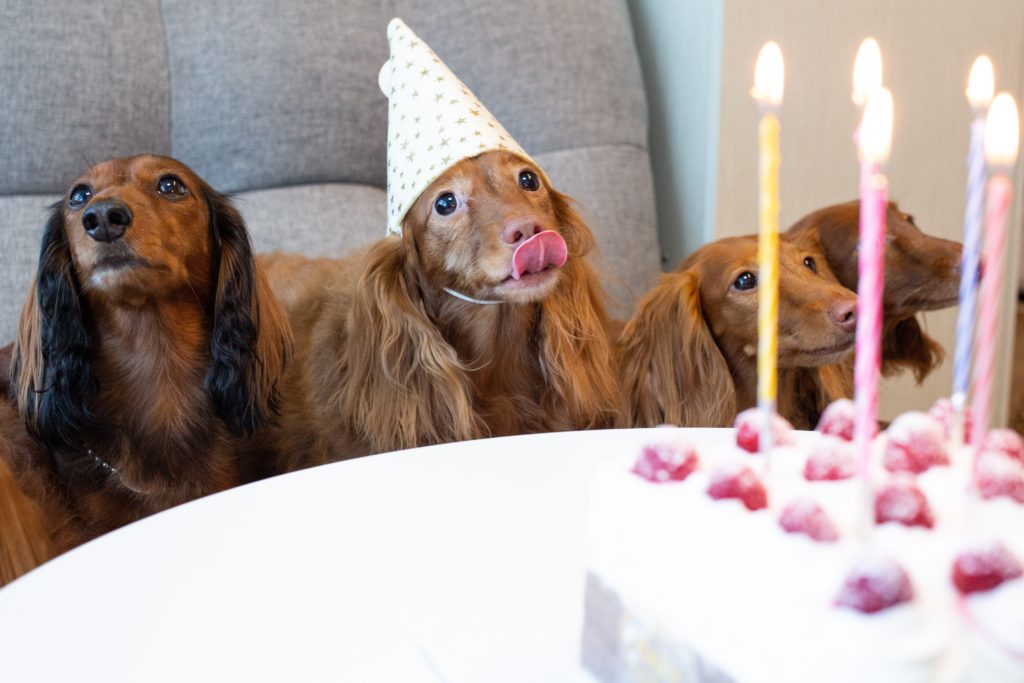
Further Resources:
- How Being A “Ghost” When Photographing Events Will Give You Better Images
- How To Photograph Parties
- Getting Great Portraiture And People Shots
- 12 Fun Tips For Shooting Birthday Party Photography
- How To Photograph A Child's Birthday Party
Further Learning:
If you're considering moving into event photography, head on over to check out this Professional Guide: Steele Training Event Photography

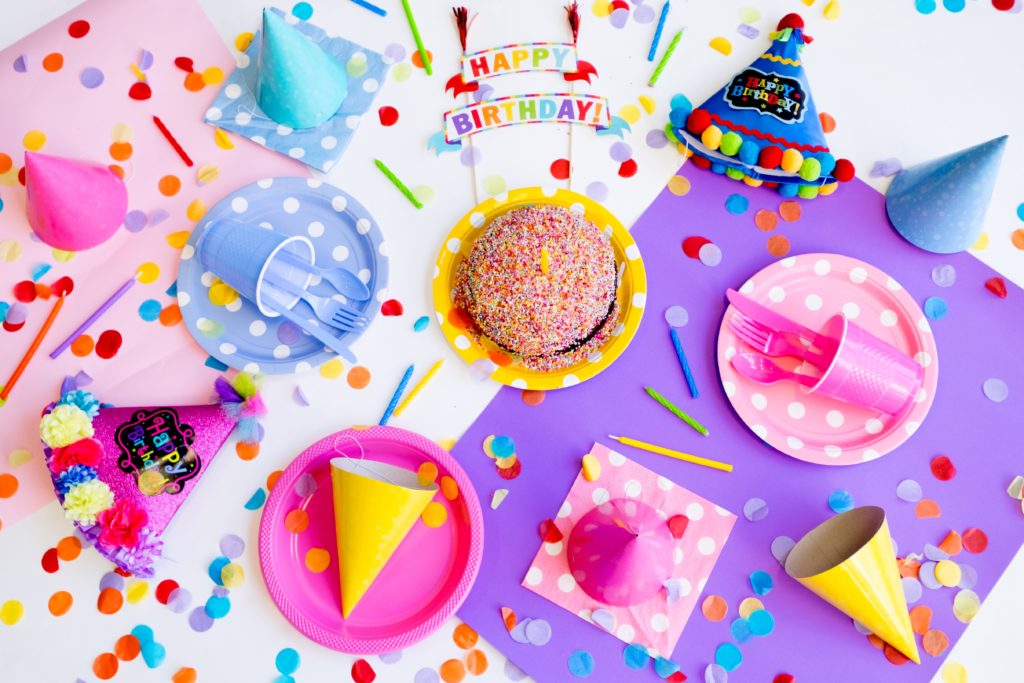
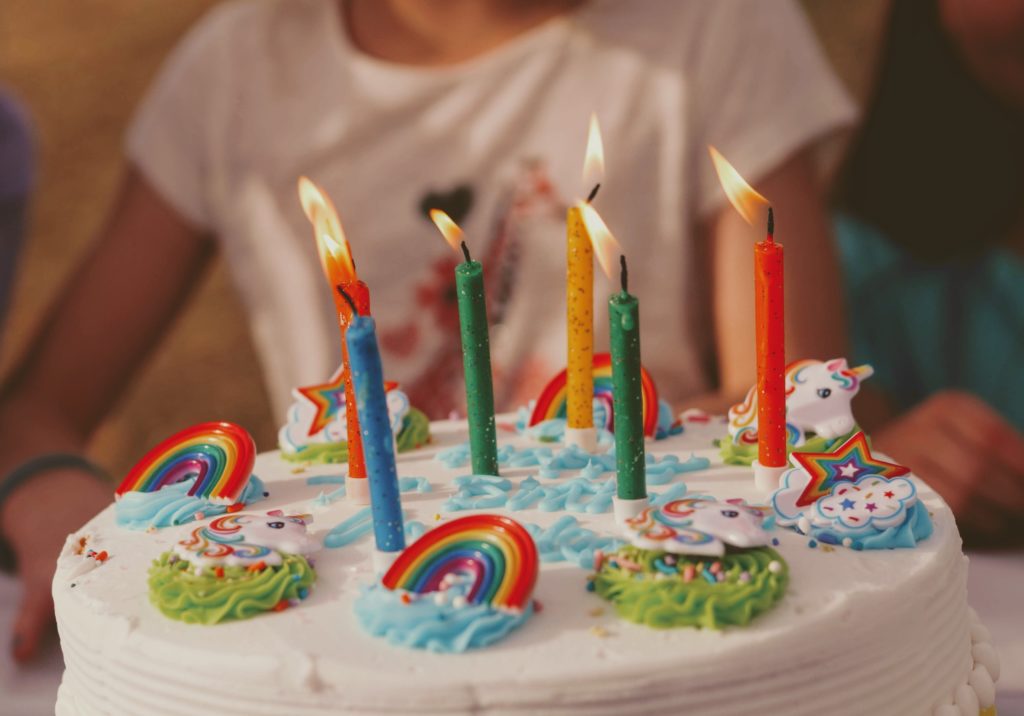
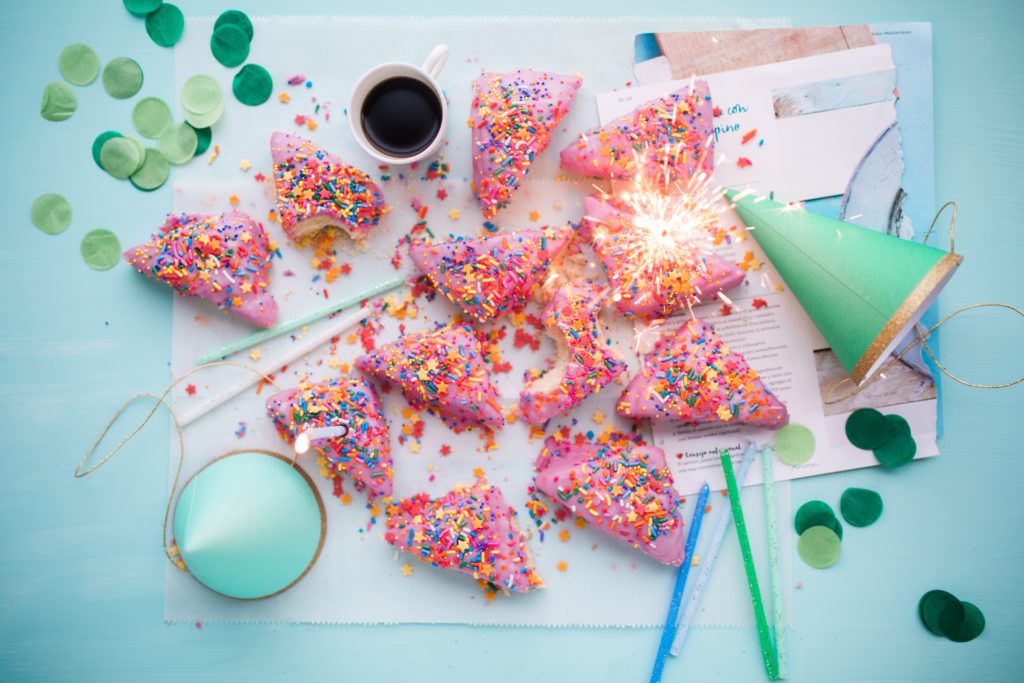
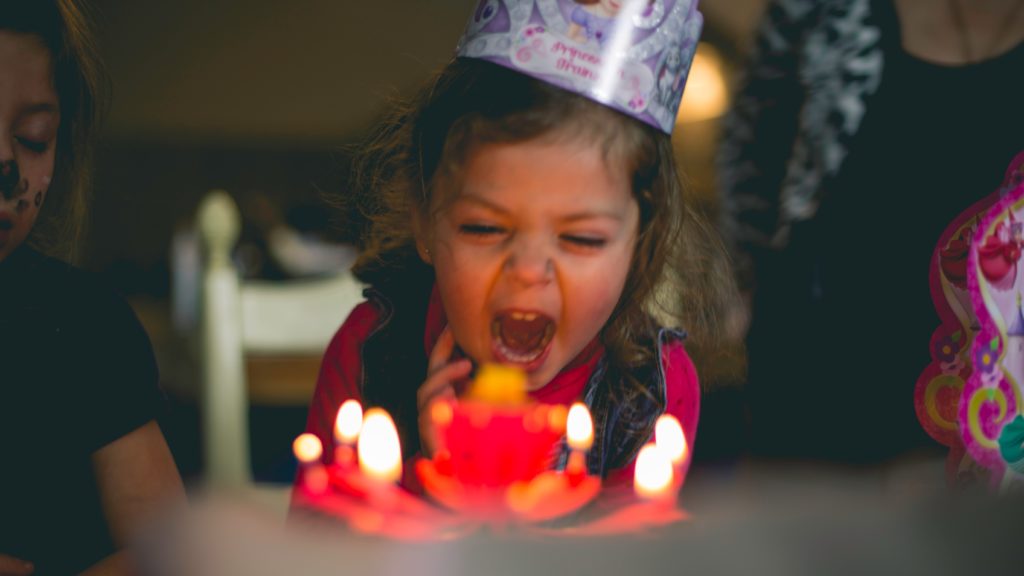
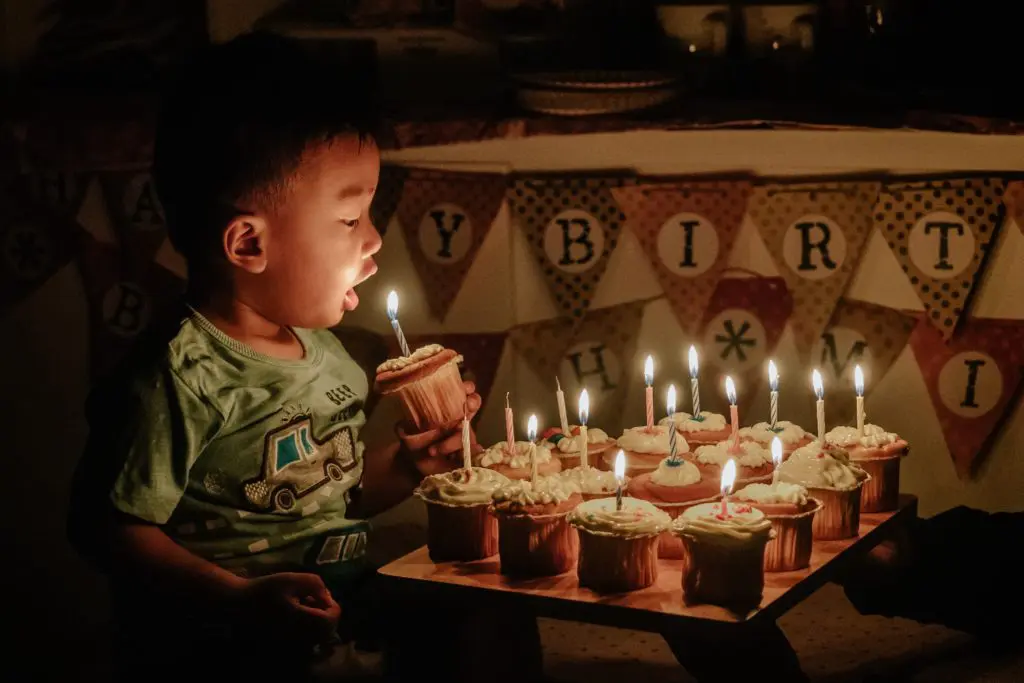
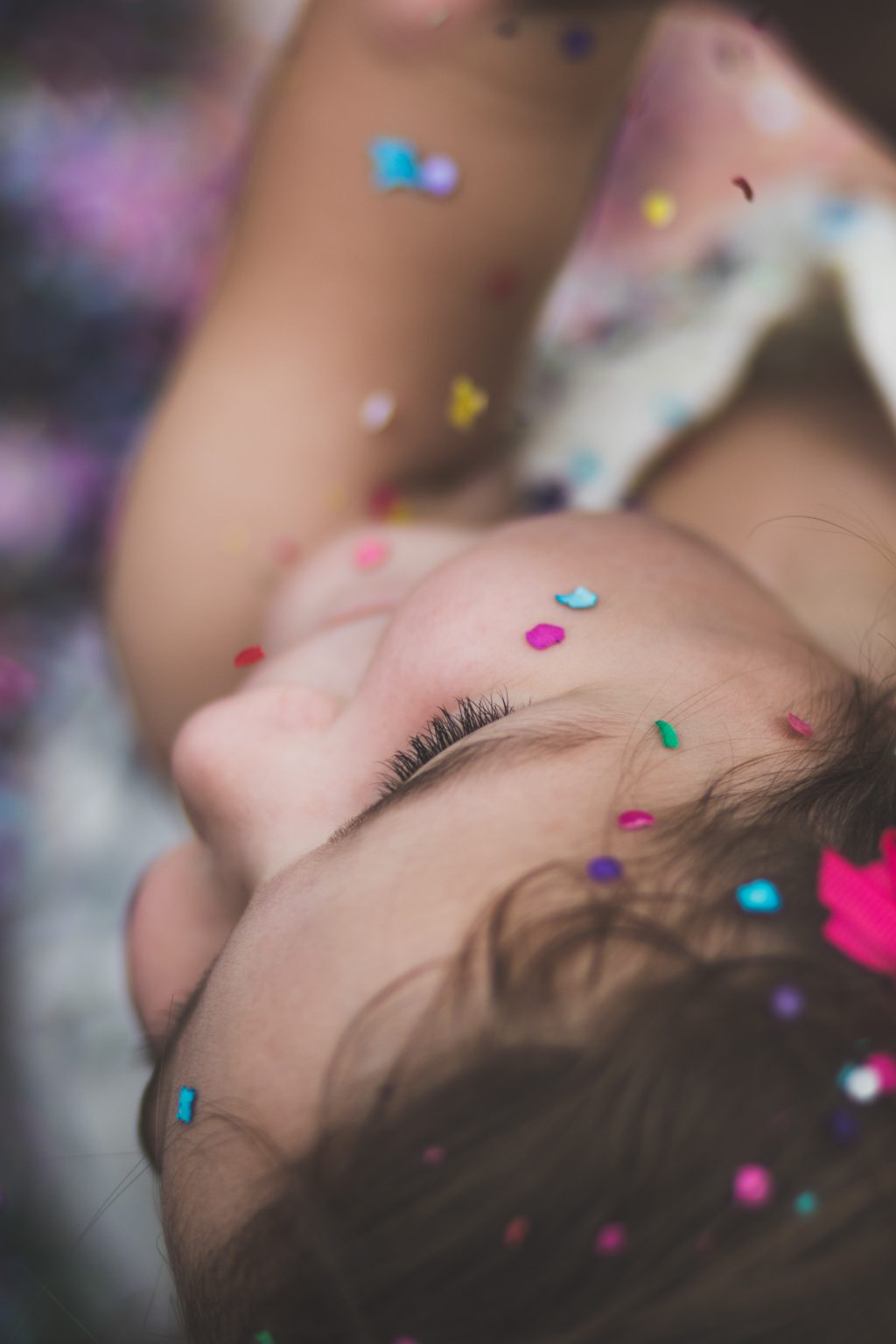
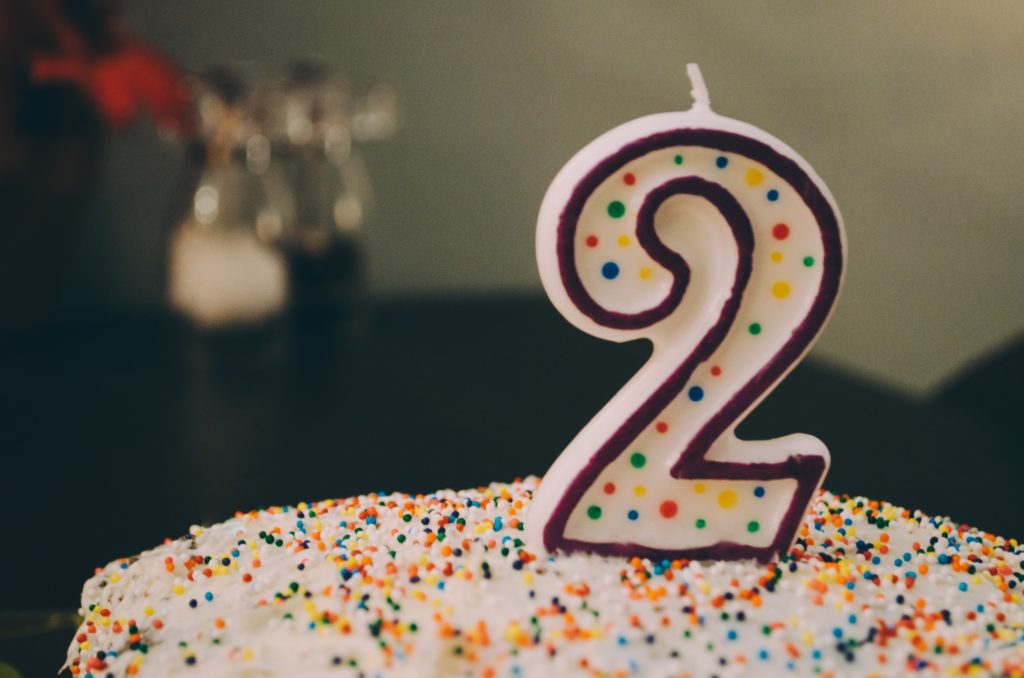
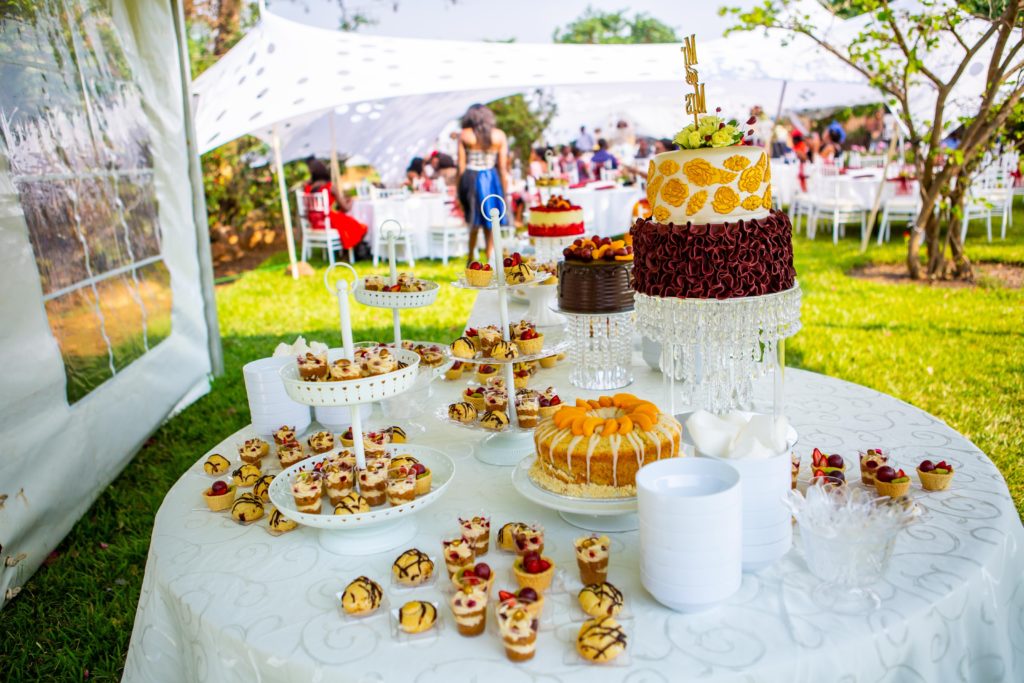
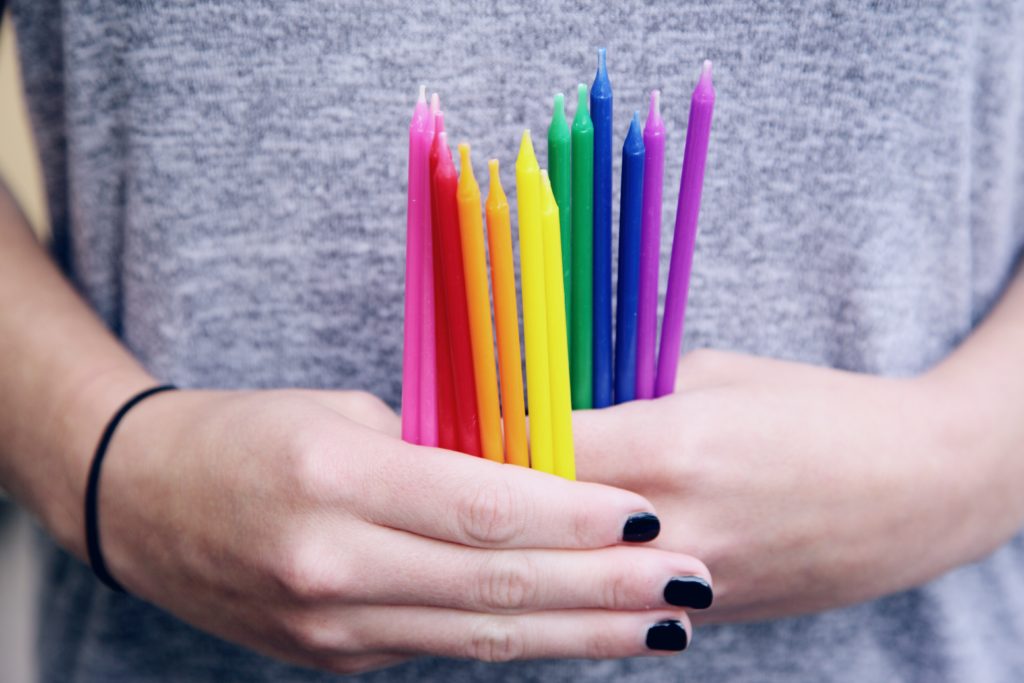





2 Comments
I just love the codification of Photographic Practice!
Most of what is said and written is ‘normal’ photographic practice but it is so often forgotten in the pressure of the moment. So important that these principles are noted and followed.
Darryl
Great tips.
As a starting photographer, I often wonder if the camera settings given by most photographers are implied as “Manual” settings?!
Are those settings for “Aperture Priority Mode” and “Shutter Speed” as well?!
I just see the settings, but most photographers omit the crucial step of telling us what mode!
Thank you, Ed